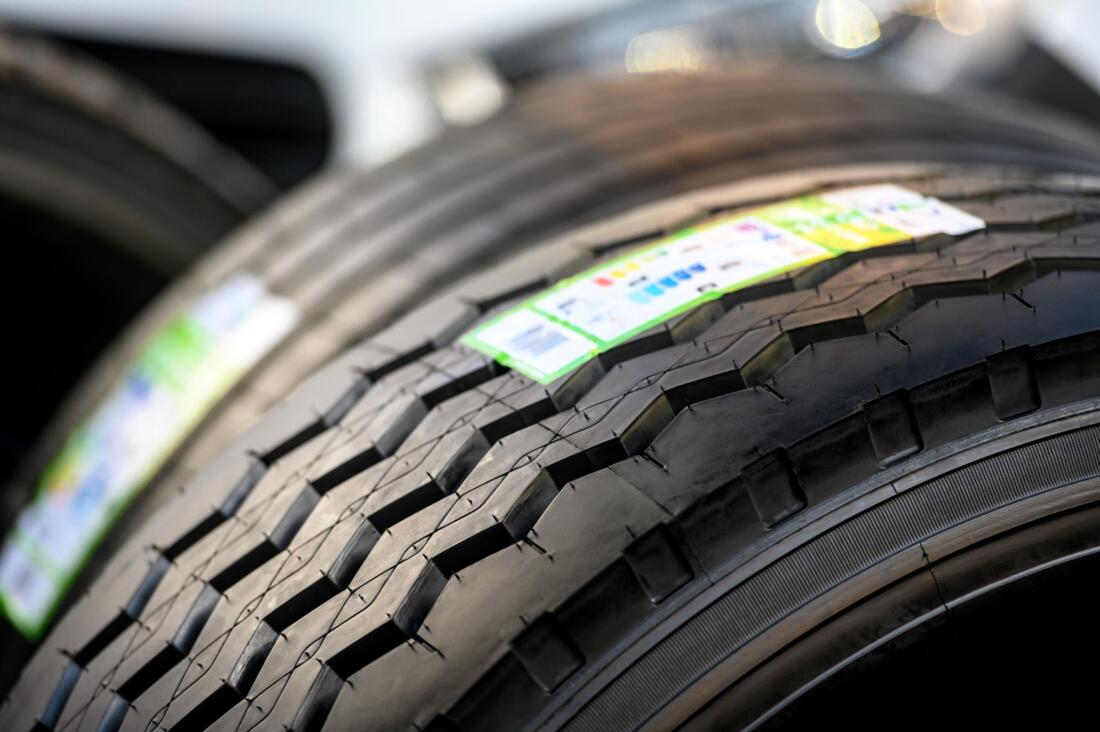Elevated temperatures have the potential to diminish the performance and safety of tires, leading to greater levels of wear and tear. Summer tires that are specifically crafted with heat-resistant rubber and unique tread designs are guaranteed to provide safety, stability, and effectiveness in hot weather conditions.
Ensuring Safe Summer Driving with Proper Tire Selection
During the hot summer months, it is crucial to have the appropriate tires for your vehicle. The heat can significantly impact tire performance and safety, potentially causing more wear and tear and even tire blowouts. Tires specifically engineered for high temperatures are made with special rubber compounds that can withstand heat buildup and maintain their durability in extreme conditions. Additionally, these tires have tread designs that help dissipate heat, keeping them cool during extended drives on hot roads and improving overall safety and stability.

Factors to Consider
Selecting the appropriate summer tires requires taking into account elements like tire material, tread style, and maker guidelines designed to endure extreme heat. Summer tires generally provide improved agility, superior grip, and reduced stopping distances on dry and wet surfaces in comparison to all-season tires. These tires are meticulously crafted to deliver peak performance in hot weather conditions by enhancing traction and steadiness, vital for navigating tight corners and fast speeds. Moreover, the unique tread designs decrease the chances of hydroplaning by efficiently directing water off the tire's exterior.

Benefits of Investing in Quality Summer Tires
Drivers seeking to combat the summer heat and boost their vehicle’s performance would benefit from investing in top-quality summer tires. These tires not only enhance safety and handling but also support fuel efficiency and extend tire life. It's recommended to seek guidance from a tire specialist to choose the most suitable tires for your vehicle and driving style. Keep in mind that selecting the right tires not only improves vehicle efficiency and safety but also guarantees a pleasant and smooth driving experience in the summer heat.
Understanding the Importance of Tire Pressure in Summer
Maintaining the correct tire pressure during summer months is essential for optimal tire performance and safety. As temperatures rise, so does the air pressure inside tires, which can lead to over-inflation. Over-inflated tires can result in reduced traction, uneven wear, and a harsher ride. Conversely, under-inflated tires can cause overheating, increased rolling resistance, and a greater likelihood of blowouts. Regularly checking tire pressure, especially before long trips, ensures that tires operate within their ideal pressure range, maximizing fuel efficiency and extending tire life. A simple pressure check can prevent serious issues and promote a safer driving experience.
The Role of Tread Patterns in Summer Tire Performance
The tread pattern of summer tires plays a pivotal role in their performance, especially in hot weather. Summer tires typically feature shallower and less aggressive tread designs compared to all-season tires, which enhances their contact with the road. This design improves grip and handling, particularly during high-speed maneuvers. Additionally, the grooves in summer tires are optimized to channel water away from the tire surface, minimizing the risk of hydroplaning in wet conditions. Understanding the significance of tread patterns can help drivers make informed decisions, ensuring they choose tires that deliver superior performance during the summer months.
How Summer Tires Contribute to Fuel Efficiency
Investing in summer tires can also positively impact a vehicle's fuel efficiency. These tires are designed with a focus on rolling resistance, which plays a critical role in how much energy is required to keep the vehicle moving. Low rolling resistance tires create less friction with the road, allowing the vehicle to maintain speed with less engine effort. As a result, drivers can experience better fuel economy, especially during highway driving. This aspect is particularly beneficial for those who frequently embark on long road trips during summer, as it can translate to significant savings at the pump over time.
Choosing the Right Summer Tire for Your Driving Needs
When it comes to choosing the right summer tires, drivers should consider various factors tailored to their specific driving habits and conditions. For instance, those who often drive in urban environments may prioritize tires that offer superior maneuverability and comfort, while those frequently on highways may look for tires that excel in stability at high speeds. Additionally, factors such as climate, road conditions, and personal driving style should influence the selection process. Engaging with tire professionals can provide valuable insights and recommendations, ensuring that drivers select tires that match their individual requirements for performance and safety.
The Importance of Regular Tire Maintenance
Regular tire maintenance is essential to ensure the longevity and performance of summer tires. This includes routine inspections for signs of wear, checking alignment, and rotating tires to promote even wear patterns. Additionally, balancing tires can prevent vibrations and enhance ride comfort. Many tire specialists recommend having tires inspected at least once a month, particularly during the summer when heat can exacerbate existing issues. By adopting a proactive maintenance schedule, drivers can catch potential problems early, thereby extending the life of their tires and ensuring a safer driving experience throughout the season.
When to Replace Your Summer Tires
Knowing when to replace summer tires is vital for safety and performance. Tire tread depth is a critical indicator; once the tread wears down to 2/32 of an inch, it’s time for a replacement. Additionally, drivers should look for any visible signs of damage, such as cracks, bulges, or punctures. Uneven wear patterns can also signal that tires need to be replaced or that other issues, such as misalignment, need to be addressed. Regularly evaluating the condition of tires, especially before and after the summer driving season, helps ensure that vehicles remain safe and efficient on the road.
AI-Assisted Content Disclaimer
This article was created with AI assistance and reviewed by a human for accuracy and clarity.